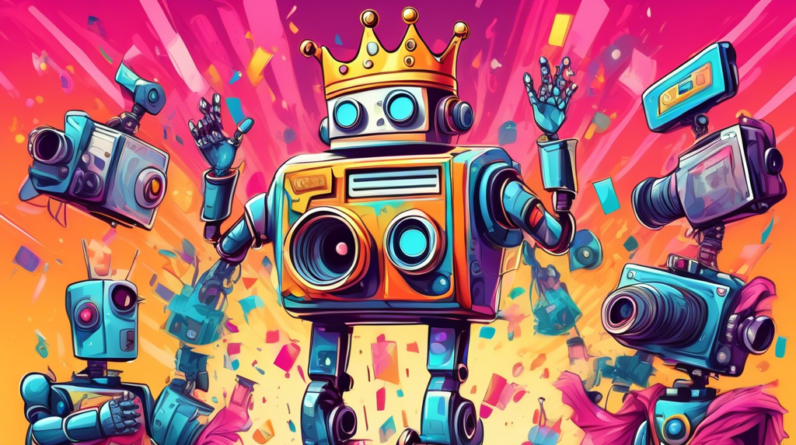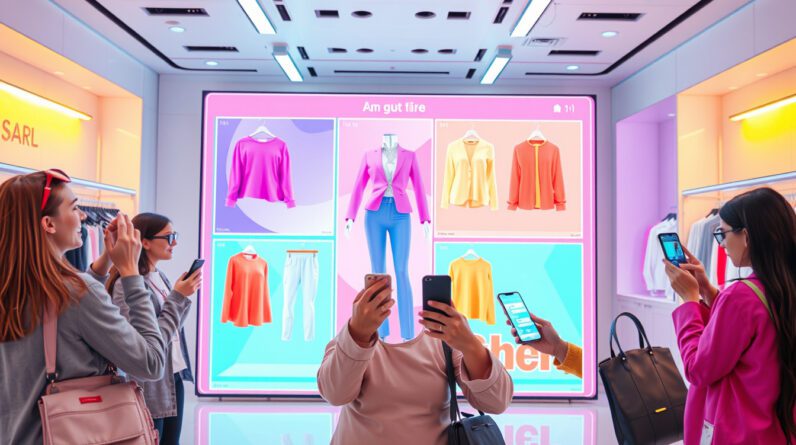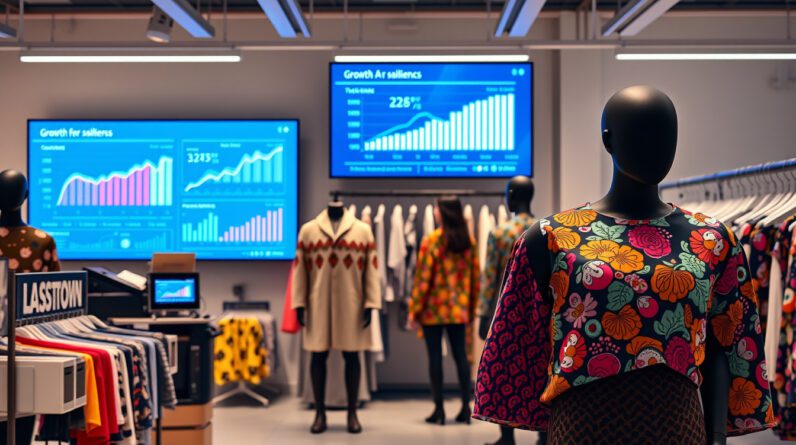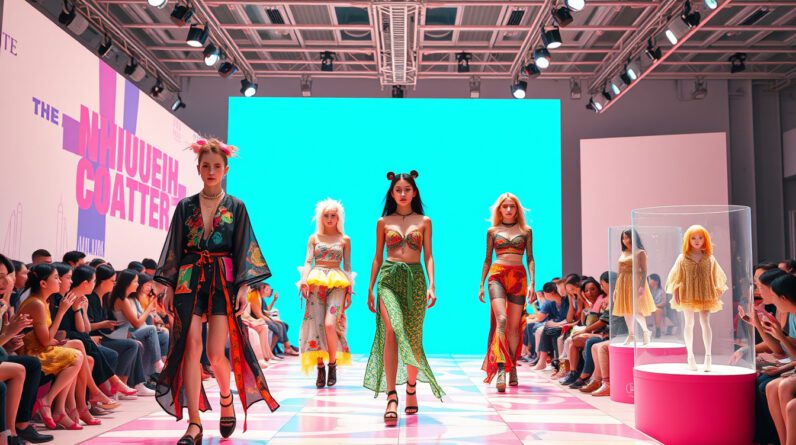
The world gasped as immaculately-crafted faces, sculpted by algorithms and draped in digital couture, began gracing our screens. AI-generated models, with their flawless features and ethereal beauty, sparked a debate: are we witnessing the dawn of a new era in beauty and fashion, one where pixels replace people?
The Rise of the Digital Muse
The technology behind these virtual beings is undeniably impressive. Artificial intelligence, fueled by massive datasets of images and sophisticated algorithms, can now generate photorealistic images of human faces that are eerily realistic and undeniably captivating. These AI-generated models, often customized to embody specific ethnicities, body types, and aesthetic preferences, are becoming increasingly popular in advertising campaigns, fashion editorials, and even on social media.
Proponents of AI models point to their versatility and cost-effectiveness. Need a model who embodies a specific brand identity? An algorithm can generate dozens of options in minutes, each tailored to your specifications. Want to avoid the logistical complexities and costs associated with human models? AI offers a streamlined, always-on alternative.
The Human Element: Irreplaceable or Outdated?
However, amidst the excitement and apprehension surrounding AI models, a crucial question emerges: can algorithms truly replicate the depth, emotion, and storytelling prowess of human models?
Human models bring more than just their physical attributes to a shoot. They bring personality, experience, and a nuanced understanding of how to connect with an audience. They can channel emotions, embody characters, and tell stories through their expressions and poses, something that AI, at least for now, struggles to replicate convincingly.
Furthermore, the fashion industry thrives on human connection. Designers draw inspiration from real people, their stories, and their unique sense of style. Stylists, photographers, and makeup artists collaborate with models to create a cohesive vision, feeding off each other’s energy and creativity. This collaborative and deeply human element is fundamental to the industry’s artistic soul, and it’s a dimension that AI, despite its technical prowess, cannot easily replicate.
Beyond the Surface: Ethical Considerations
The rise of AI models also raises a plethora of ethical considerations that extend beyond the realm of aesthetics. One pressing concern is the potential for bias amplification. AI algorithms are trained on massive datasets of images, and if these datasets aren’t carefully curated for diversity and inclusivity, the resulting AI models can perpetuate and even exacerbate existing societal biases.
Imagine an AI trained predominantly on images of fair-skinned models. This AI might struggle to generate realistic or appealing images of darker-skinned individuals, further marginalizing communities that are already underrepresented in the media. Addressing this inherent bias in AI development is crucial to prevent further entrenching harmful stereotypes.
Another ethical concern revolves around the potential economic impact on human models. If AI models become the industry standard, what happens to the livelihoods of the countless individuals who rely on modeling as a profession? The transition to an AI-driven industry could displace workers and exacerbate economic inequalities, requiring careful consideration and proactive solutions.
The Future of Beauty: A Collaborative Canvas?
The relationship between AI and human models is complex and constantly evolving. Rather than viewing it as a zero-sum game, where one replaces the other, it’s more constructive to envision a future where AI and human models co-exist, each playing to their strengths.
AI can serve as a powerful tool for designers and brands, enabling them to experiment with different looks, create virtual prototypes, and even personalize their marketing efforts. Imagine a world where customers can see themselves wearing digital versions of clothes before purchasing, or where brands can generate personalized advertising campaigns featuring AI models tailored to specific demographics.
Human models, with their irreplaceable ability to connect, inspire, and tell stories, will continue to play a vital role in the fashion ecosystem. They can leverage the power of AI to enhance their own work, using virtual tools to experiment with different poses and expressions, or even collaborating with AI-generated elements in photoshoots and campaigns.
The Verdict: Evolution, Not Extinction
So, will AI-generated beauty queens replace human models? The answer, like the technology itself, is nuanced. AI will undoubtedly continue to reshape the fashion landscape, offering exciting new possibilities for creativity and efficiency. However, the human element—the emotional depth, the storytelling prowess, the collaborative spirit—remains irreplaceable.
The future of beauty and fashion lies not in replacing humans with algorithms, but in harnessing the power of both. AI can be a valuable tool for amplification and innovation, but it’s the human heart, the unique spark of individuality, that will continue to captivate and inspire audiences worldwide.





